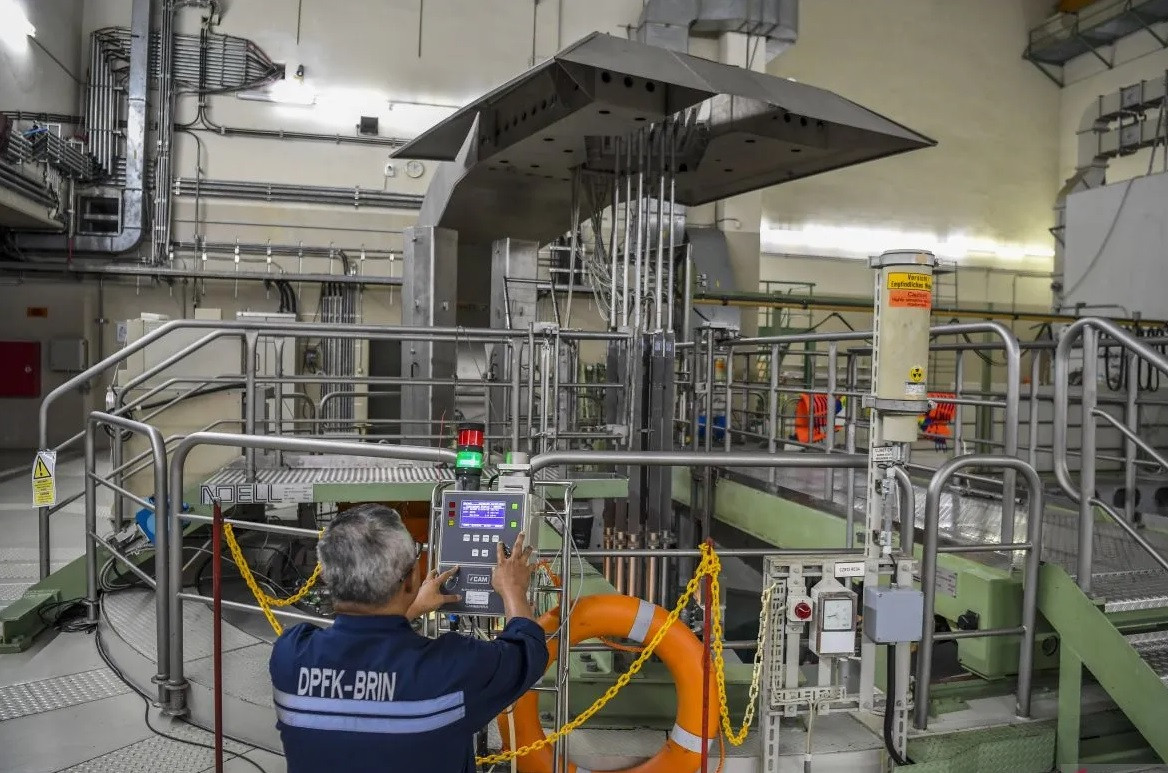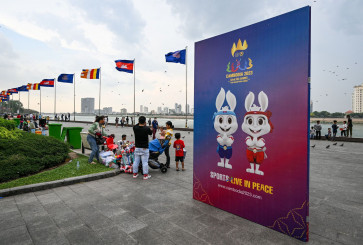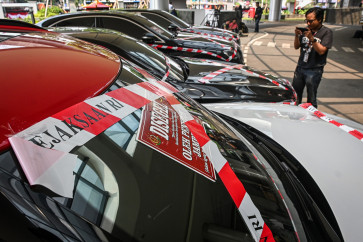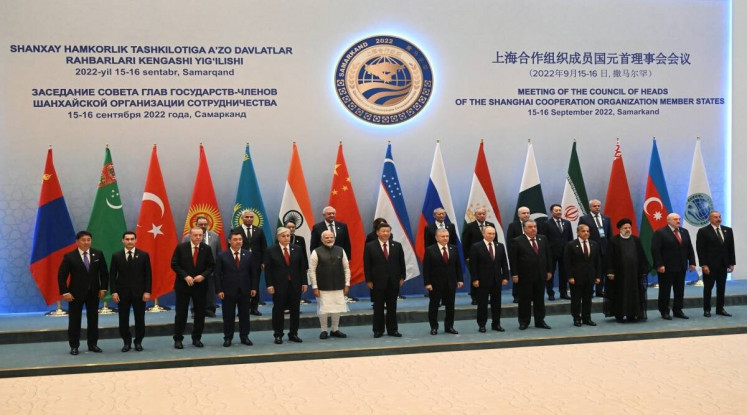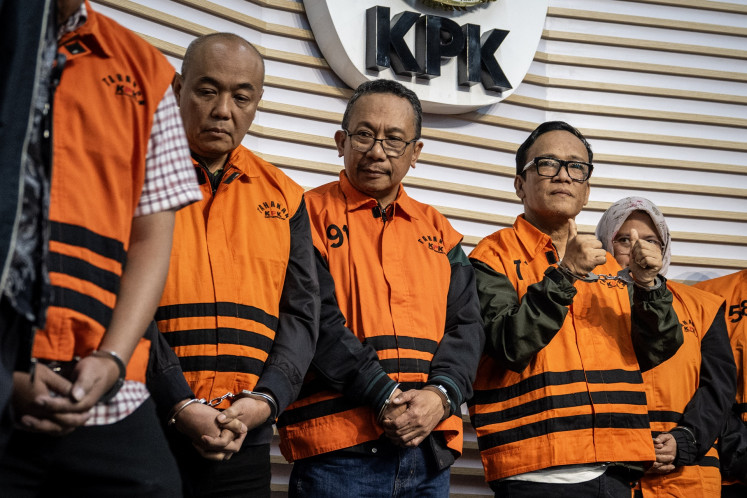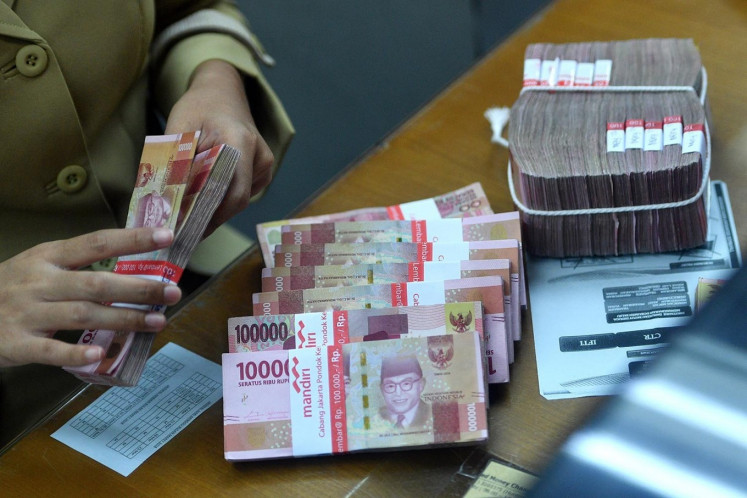Popular Reads
Top Results
Can't find what you're looking for?
View all search resultsPopular Reads
Top Results
Can't find what you're looking for?
View all search resultsIndonesia’s nuclear moment and the vision for energy sovereignty
Done right, nuclear can strengthen energy security, attract high-value industry and place Indonesia at the forefront of the clean-energy transition
Change text size
Gift Premium Articles
to Anyone
F
rom Sabang in the far west to Merauke in the far east, and from Miangas in the north to Rote in the south, Indonesians yearn for an unbroken supply of electricity. It would power smelters in Papua, keep data centers humming in Java’s heartland and energize manufacturing belts in Kalimantan.
This is more than an engineering aspiration, it is the emotional and strategic core of Asta Cita (eight goals), President Prabowo Subianto’s vision for sovereignty, self-reliance and prosperity shared across the archipelago.
Into this vision now steps nuclear energy, particularly small modular reactors (SMRs), presented as a clean and modern answer to rising demand. Compact, potentially safer and deployable in stages, SMRs are pitched as a solution to light remote islands and feed industrial growth without deepening the carbon burden. Yet in the politics of energy, promises are easy; delivery is where nations stumble.
Globally, SMRs have been sold as the nimble cousin of traditional nuclear power, faster to build, easier to site and better matched to disperse demand. For a nation of over 17,000 islands, the logic is seductive. But experience abroad urges caution.
In the United States, the NuScale project, once the flagship of the SMR revolution, collapsed in 2023 after projected costs surged from US$58 per megawatt-hour to over $90. The lesson is stark: Modularity does not guarantee protection from delays or overruns. Indonesia must decide whether it can avoid repeating that story.
The risk is not only technological. Indonesia’s power sector still carries the scars of overcapacity. Over the past decade, the state utility was bound by take-or-pay contracts with independent producers, forced to pay for electricity it could not use.
The Electricity Supply Business Plan (RUPTL) 2025–2034 seeks to avoid this trap. It caps new capacity at roughly 70 gigawatts, targets a renewable share of 44 percent by 2034, and commits to least-cost planning. Nuclear, inherently a baseload source, could disrupt this balance if integrated without careful system and market preparation.
Indonesia’s nuclear governance is anchored in Law No. 10/1997; Government Regulation No. 46/2009; Presidential Regulation No. 74/2012; and Government Regulation No. 54/2012, rules written when nuclear power was still a distant prospect. Accident liability remains capped at around Rp 4 trillion ($246 million), a fraction of the potential damage from a major incident.
Presidential Regulation No. 12/2025, which embeds the National Medium-Term Development Plan (RPJMN) for the energy transition, offers a window for reform. Updating liability provisions, aligning insurance standards with the International Atomic Energy Agency and setting robust waste-management protocols will be essential before ground is broken.
By 2024, Indonesia’s installed capacity had reached about 101 GW, more than half fueled by coal. The challenge now is not simply adding capacity but ensuring flexibility as solar, wind and hydropower expand.
Baseload SMRs work best in systems with steady demand. Without investments in storage, demand-side management and inter-island transmission, they risk becoming costly, underused assets, monuments to ambition rather than engines of reliability.
If Indonesia chooses the nuclear path, five imperatives stand out: Modernize safety and liability laws; create realistic insurance coverage; establish transparent, permanent waste solutions; design financing that avoids excessive sovereign guarantees and includes exit strategies; and site reactors where they bring clear industrial and social benefits.
These are not anti-nuclear obstacles, they are the scaffolding for responsible deployment. Ignoring them would be like building a bridge without surveying the river.
Nuclear power could become the jewel in Indonesia’s energy crown, a symbol of technological maturity and strategic resolve. Done right, it can strengthen energy security, attract high-value industry and place Indonesia at the forefront of the clean-energy transition. Done poorly, it could burden the nation with stranded assets, spiraling costs and eroded public trust.
The Asta Cita vision demands that every leap be matched by discipline. The choice before Indonesia is not whether nuclear is modern or outdated, it is whether we are prepared to match ambition with readiness.
If we take the long road, patient and precise, the lights from Sabang to Rote will not only shine, they will endure.
***
The writer is executive director of the Indonesian Renewable Energy Society (METI), secretary-general of the ESG Association of Nusantara (ESGAN) and a doctoral candidate at Bandung Institute of Technology (ITB) specializing in nuclear power plant planning.

